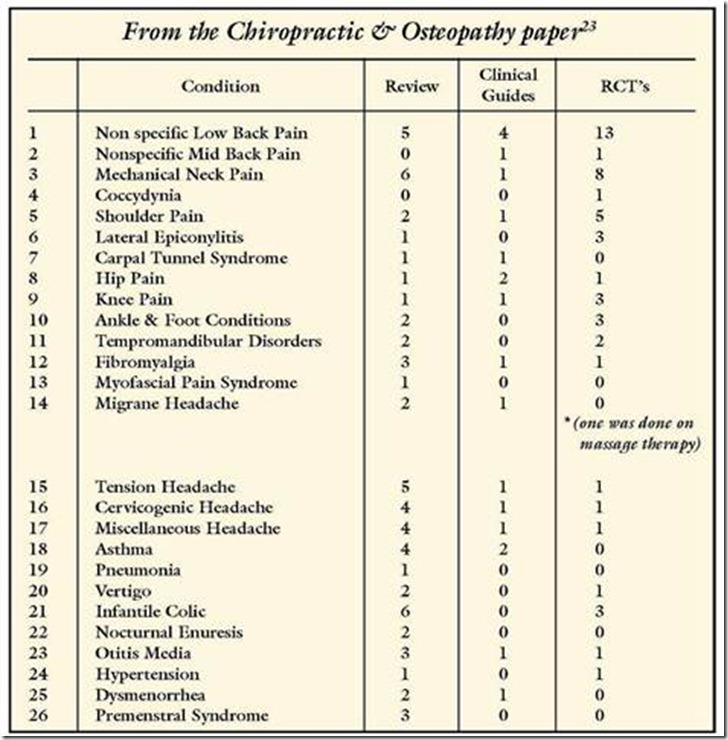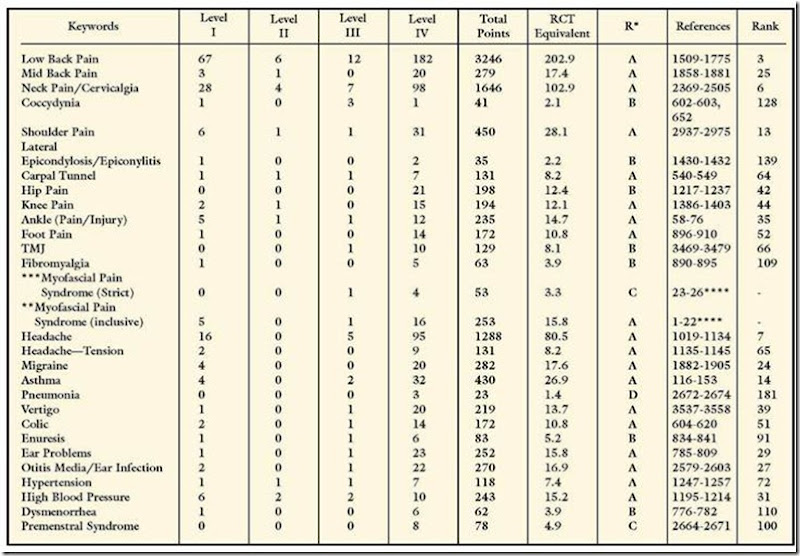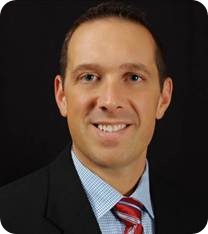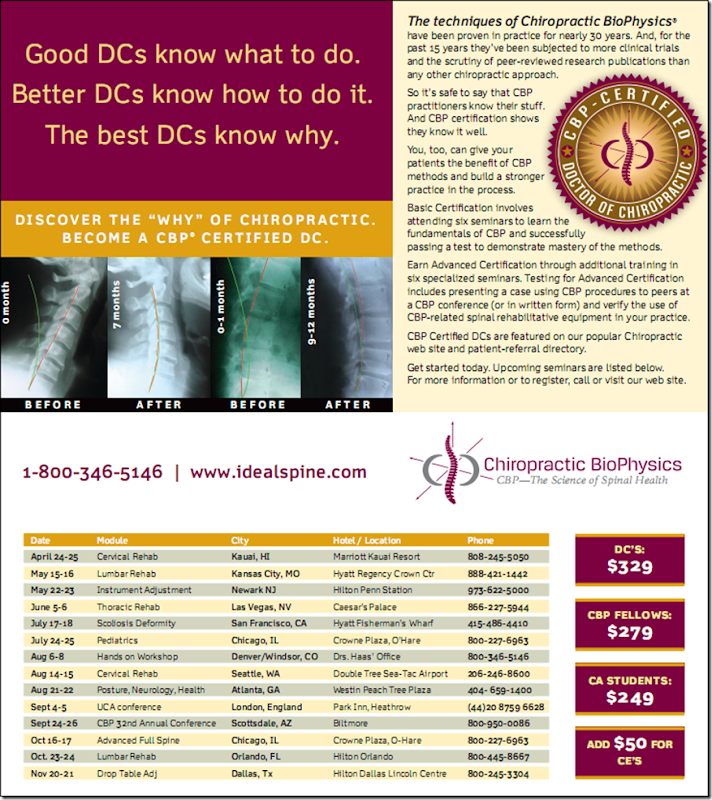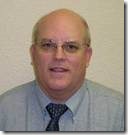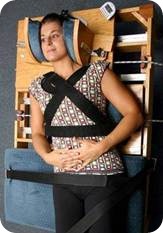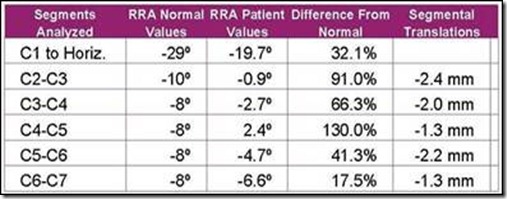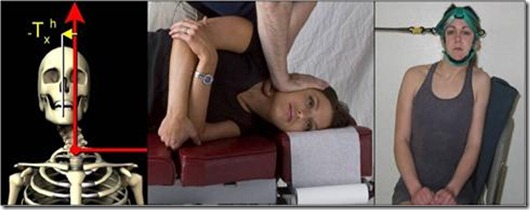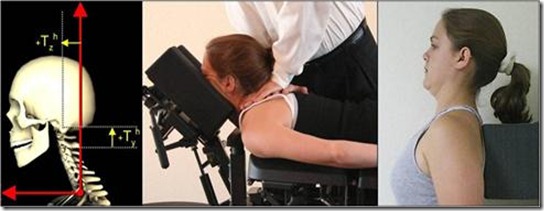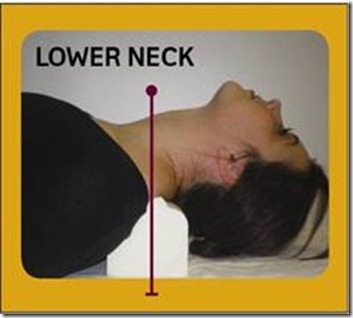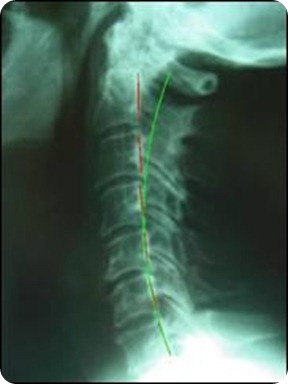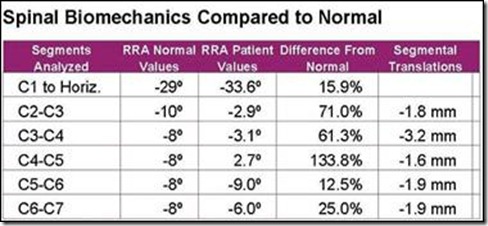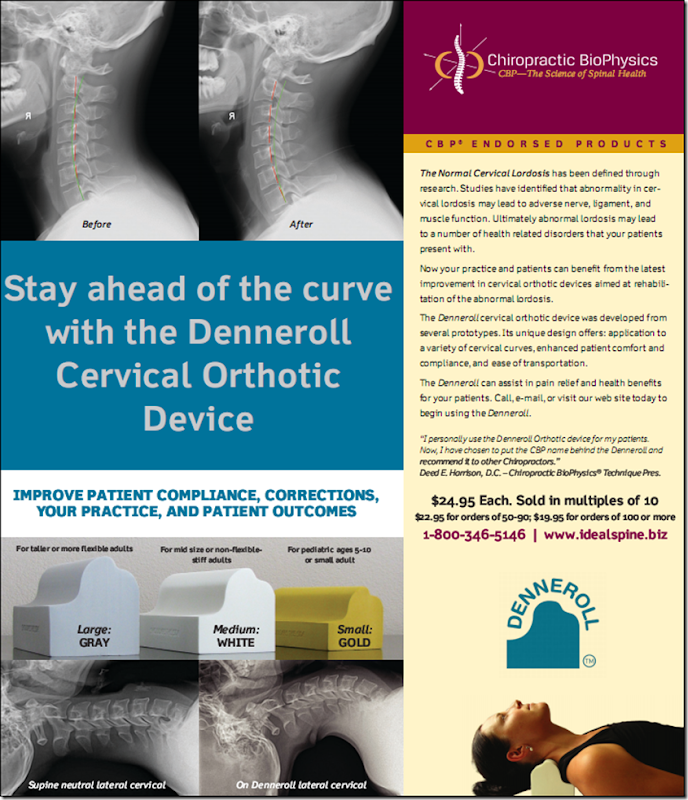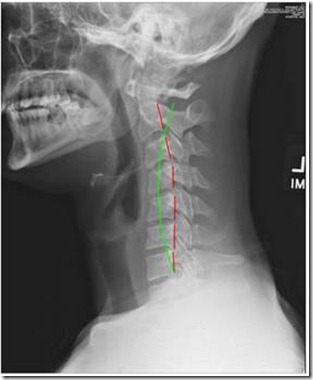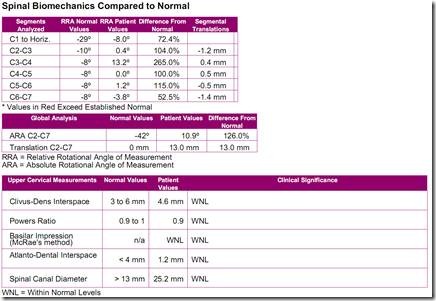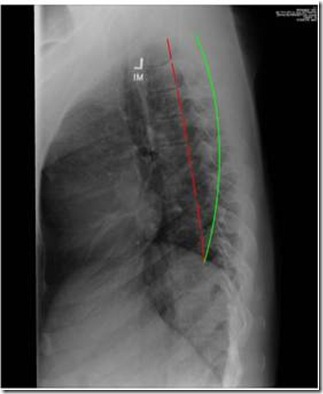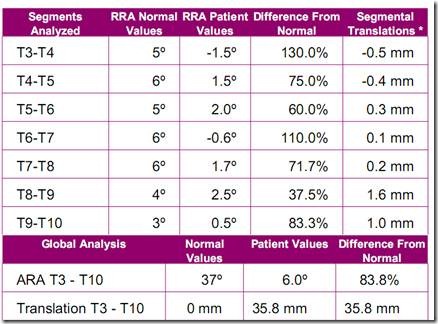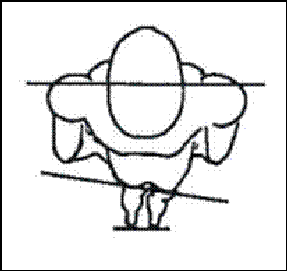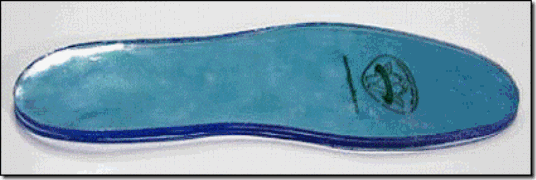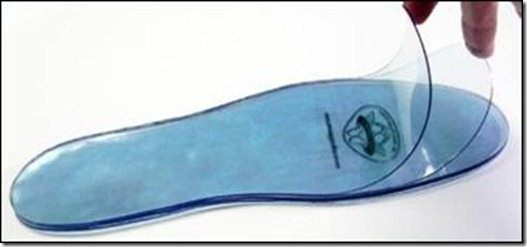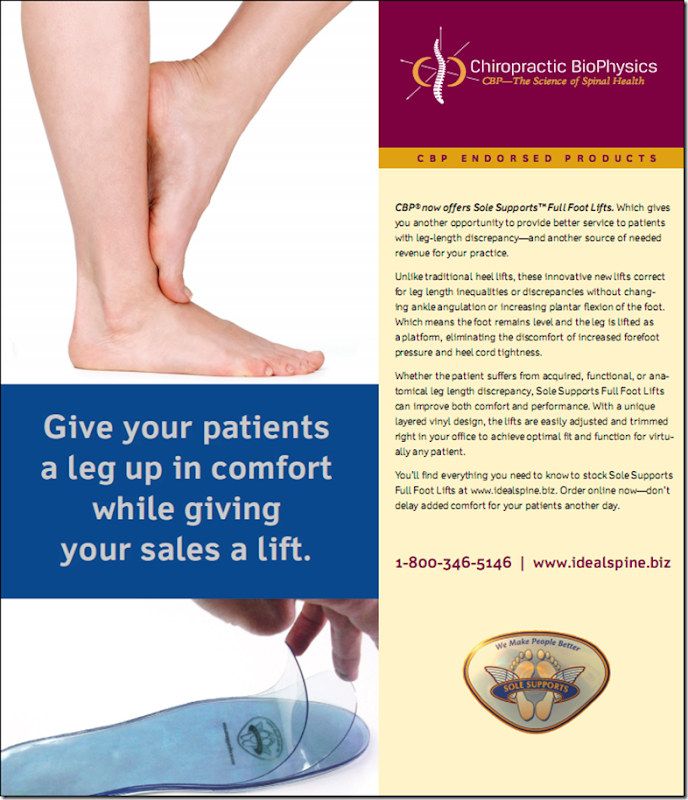Evidence Based Chiropractic from a Modern Practical Practice Perspective
 Tuesday, April 13, 2010 at 7:04AM
Tuesday, April 13, 2010 at 7:04AM Len Siskin, DC
Promote Chiropractic,
Co-Chair ICA Best Practices
A friend emailed me an article recently where I learned that one in four Britain chiropractors are currently under investigation for allegedly making misleading claims about being able to help a list of named medical conditions in their advertisements. (http://www.guardian.co.uk/science/2010/mar/01/simon-singh-libel-case-chiropractors) Another friend sent an email with an article written by chiropractors, paid for by the UK General Chiropractic Council (GCC) and published in, “Chiropractic and Osteopathy” which reviews chiropractic research.27
Problematically, the Bronfort et al27 paper leans heavily on Level I Randomized Clinical Control Studies (RCT’s) particularly from the past 5 years. After having read the article, I have to commend the authors for the scope of dimension they looked at which includes the use of a research grading system, and consideration of various clinical guidelines as well as 46 RCT’s considering twenty six named medical conditions which chiropractors historically claim to have helped in clinical practice. The authors mention that RCT’s are the highest quality of clinical research, and respected critics of the RCT acknowledge that with the level of controls used to measure the effectiveness of a procedure, they may not commonly represent typical clinical scenarios in an everyday chiropractic or healthcare practice.
If a person were to research data-searching-algorithms for modern computers, it would be foolish to look at the information published 30 or 50 years ago when computers either didn’t exist or took entire buildings to do what most mobile phones can do now in a fraction of a second. In contrast we still use laws of physics established hundreds and sometimes thousands of years ago as these are established universal laws. In the case of human physiology and the benefits and effectiveness of the chiropractic adjustment, it seems that neither has really changed much since the inception of our great profession. See the contemporary best Practices Document of the International Chiropractors Association (http://www.icabestpractices.org/) which can be found in the National Guideline Clearinghouse (http://ngc.gov/).
The best practices database shows greater than 80% of chiropractic research consists of Level IV studies, which are mostly case studies or case series without controls. Looking primarily at RCT’s and reviews of the literature as well as a list of professional guidelines may not represent what the research actually has to show. How does this influence the findings published in the Chiropractic and Osteopathy27 article mentioned above? How would policymakers view chiropractic any differently given more detail on this information? The authors should be applauded for discussing the importance of several clinically relevant factors. These include:
1. Doctor experience and the importance of understanding factors such as the high safety value in chiropractic risk assessment
2. The cost effectiveness of chiropractic treatment as compared to other available modalities to help the named conditions
3. The importance of patient education and the patient’s right to choose the type of care which may be best for them, when properly informed about the potential risks, benefits, and known research outcomes related to their individual clinical picture.
So many research efforts in healthcare have focused on co-morbid factors in healing and treatment, it would have been nice to have seen a discussion on some of these co-morbid factors here, and how the existing research might incorporate an awareness of such clinical complexities which prolong the healing process, complicate the healing of patients, and influence the crafting of a care plan under a given treatment modality. Simply typing, “co-morbid influences on healing”, into Google yields 63,100 hits which are predominantly reflective of clinical research on topics relevant to crafting treatment guidelines. These considerations are accounted for in the ICA Best Practices document which takes all chiropractic treatment research into consideration without exclusion so long as the research was original clinical research and not research reviews or meta-analysis.
Furthermore, the ICA Best Practices document utilizes a research grading system extremely similar to that used in the Chiropractic and Osteopathy paper discussed here. Common factors on the note of co-morbidity would be things like obesity, smoking or a history of smoking, history of multiple physical traumas, life stressors like divorce, debt, family health issues, etc. It is unfortunate the chiropractic profession does not have the money or funding of the pharmaceutical industry where entire multinational corporations are dedicated solely to performing randomized clinical control trials for the pharmaceutical products. What the chiropractic profession has the most of is simply Level IV evidence.
The ICA Best Practices Guidelines draws information from approximately 1500 research papers showing positive benefit from chiropractic care on over 330 named medical conditions. In their paper, Bronfort et. al. came up with 26 named medical conditions which have been reported to receive help from chiropractic intervention. When crafting the ICA Best Practices Guidelines, all original research papers since the beginning of chiropractic time were summarized and questions were answered about findings by unpaid practicing chiropractor volunteers. Only after the data was entered was a search done to learn what conditions received help from chiropractic according to the existing research. That search yielded a list of over 330 healthcare conditions shown to receive help from chiropractic intervention.
As a comparison below I have made a table of conditions listed By Bronfort et. al. and a comparison table for similar conditions listed in the ICA Best practices Guidelines document. The only condition not listed by the Best practices Document was, ‘Myofascial Pain Syndrome’, which was analyzed specially for this paper as indicated below for comparison and evaluation purposes. Also included in the table is a ranking of where each condition listed by Bronfort et. al. falls in terms of research power in the ICA Best practices list of conditions helped by chiropractic. This reflects a progression from high to lower quality evidence shown by already existing research. I included headache in the list but think it is important to note names of conditions as reported by research have changed over the years. For example, 8 of 670 pubmed.gov hits for, ‘cervicogenic headache’, were before 1961. Thirty Four of 140 papers summarized by ICA BPG were prior to 1961 on this topic. The research indicates headaches and even cervicogenic headache have existed and been researched well before the past 5 years no less the past 5 decades.
In Evidence based healthcare, research is used to indicate the truth about making the best possible clinical decision and in providing the best truth in informing patients of their treatment options. When the research is under-represented or misrepresented it is a detriment to the consumer of healthcare. It is important to understand which treatment modalities have existed for many years (like spinal manipulation) and which are more recent (like cold laser or disc decompression traction). Spinal manipulation simply has not changed much at all over many years time. Most chiropractic techniques used today are the same or extremely similar to what was used nearly a century ago. The difference is in the way we understand what chiropractic does to help consumers heal, advancements in information insuring consumer safety, and in the depth of insight to the dangers of not instituting chiropractic treatment for those who could benefit from it.
In the below table, rank refers to the point score as dictated by the rating generated by the best practices database and where each condition falls in the pool of available research performed in chiropractic since the beginning of time through approximately the middle of 2008. Approximately 338 conditions were identified as having research done on chiropractic treatment where there was a benefit shown. For more details or to check numbered references, please go to www.ICA Bestpractices.org. Level’s I-IV represent types of research performed where Level I is an RCT and Level IV is an observational study like a case study. ‘R*’, indicates the grading system used in the ICA Best Practices Guidelines which is similar to that used by Bronfort et al.27 as discussed above.
**Myofascial Pain Syndrome (inclusive)-- Medline search indicates this terminology is modern and historically this vague description has also been referred to as Fibrositis or muscular rheumatism; Fibropathic Syndromes… Data searches intermingle this condition with fibromyalgia as well. The numbers here reflect a search of the ICA Best practices Database for all these conditions except for fibromyalgia. Myofascial Pain Syndrome was not included in the list of over 330 conditions shown to receive help under chiropractic care by published clinical chiropractic research. It was investigated solely for demonstration in this paper.
***Myofascial Pain Syndrome (Strict) refers to a search of the exact phrase, “Myofascial Pain Syndrome” in the ICA Best Practices Database and the found results. Note, on the grading scale, omitting the scope of the research changes the grade of evidence found from an, ‘A’, to a, ‘C’.
**** These references are specific to this paper and do not correlate with ICA Best practices Guidelines References. No rank was assigned as this was not included in the ICA best practices Guidelines symptom list.
 CBP Seminars | Comments Off |
CBP Seminars | Comments Off | 




